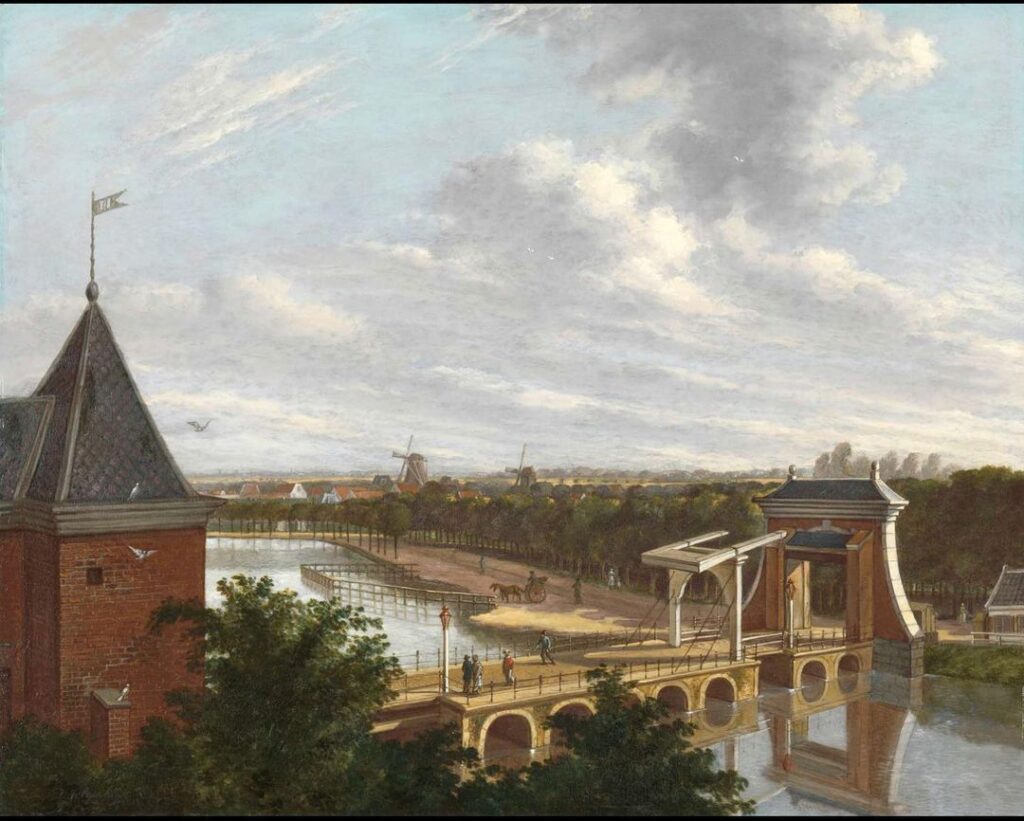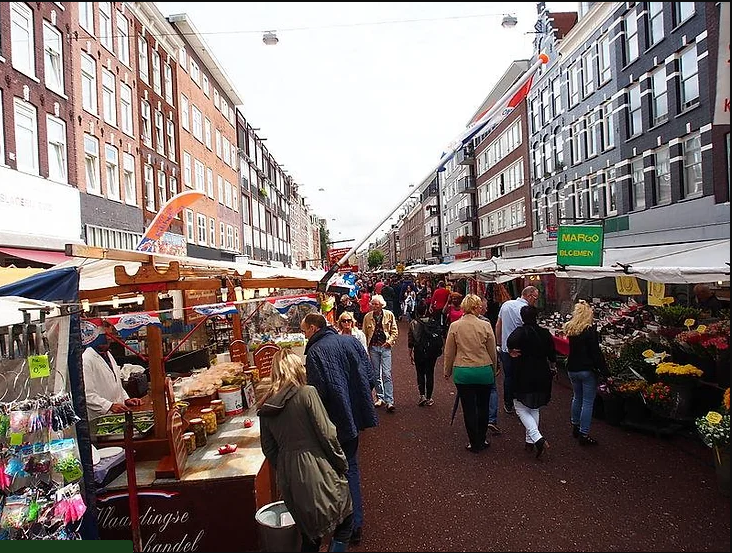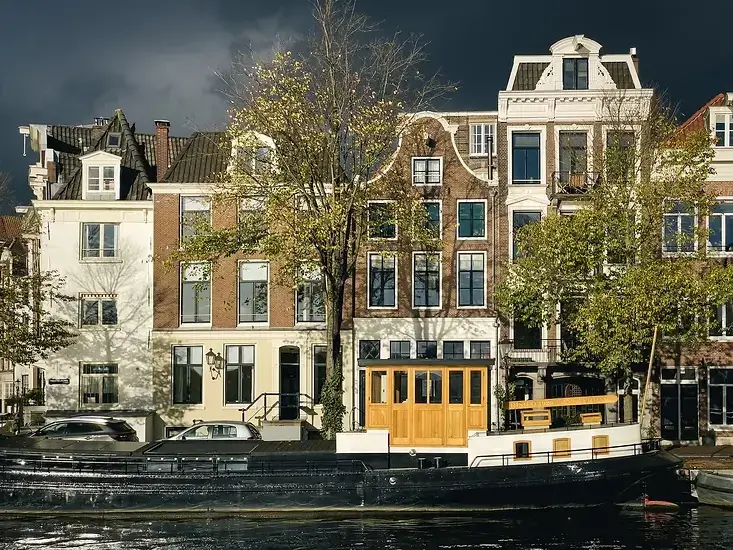
Amsterdam, known as the “Venice of the North,” is famous for its picturesque canals. It’s no wonder that on a hot summer day, the sparkling canal water might seem inviting and tempting for a refreshing swim. However, before diving in, it’s essential to understand the factors determining whether swimming in Amsterdam’s canals is safe and allowed. In this comprehensive guide, we will explore the canals’ cleanliness, historical significance, risks involved, alternative swimming options, and more.
Can You Swim In Amsterdam Canals?
Swimming in Amsterdam’s canals is not legally permitted, discouraged and can come up with fine for several reasons. The canals are classified as boating ways, and swimmers may not be easily seen by boat operators, increasing the risk of accidents and collisions. Additionally, swimming is prohibited in specific areas, including the fairway of rivers and channels, around bridges, sluices, and ferry routes, and inside ports.
It is important to respect these regulations and understand that swimming in the canals is not only unsafe but also illegal. Violating these rules can result in fines and effect your safety and the safety of others.
The Cleanliness of Amsterdam’s Canals
Amsterdam’s canals have come a long way in terms of cleanliness. Over the years, significant efforts have been made to improve the water quality, making it better than ever before. According to a 2013 investigation by pop science website Kennislink, water quality in the canals has reached its highest standards in 400 years. The completion of a project to connect the city’s houseboats to the sewer lines has contributed to this improvement.

While the water quality has significantly improved, it is important to note that Amsterdam’s canals are not classified as official swimming locations. As a result, the water is not regularly tested for swimming purposes. The canals are primarily intended for boating and transportation, not for recreational swimming.
Historical Significance of Amsterdam’s Canals
To truly understand the cleanliness and safety concerns surrounding swimming in Amsterdam’s canals, it is important to delve into their historical significance. The canals played a vital role in the city’s development and served as both a toilet and a garbage dump during the Dutch Golden Age. People would casually discard their trash into the canals, and sewage would flow directly into the water via Amsterdam’s pipes and gutters.
Efforts have been made to clean up the canals over the years, but their historical use as dumping grounds and sewers has left a lasting impact on their water quality. While improvements have been made, it is essential to consider the canals’ past when evaluating their current suitability for swimming.

Risks and Hazards of Swimming in Amsterdam’s Canals
Swimming in Amsterdam’s canals poses several risks and hazards that should not be taken lightly. It is crucial to understand these potential dangers before deciding to take a plunge. Some of the risks include:
- Water Quality: Despite the improvements mentioned earlier, the water quality in the canals is still not up to the standards required for safe swimming. The canals are not regularly tested for bacteria and other contaminants associated with swimming-related illnesses.
- Bacterial Infections: The presence of bacteria, such as norovirus and rotavirus, has been detected in the canals during certain periods, particularly after heavy rainfall. These bacteria can cause gastrointestinal illnesses and other health issues.
- Sewage Overflow: During heavy rainfall, the sewage system in Amsterdam can overflow into the canals, leading to further contamination. This can significantly impact the water quality and increase the risk of illness for swimmers.
- Lack of Visibility: The canals are busy waterways with various boat traffic. Swimmers may not be easily visible to boat operators, increasing the risk of accidents and collisions.
- Strong Undertow and Currents: Passing ships can generate strong undertows that can pull swimmers beneath the water’s surface. Additionally, currents exist in rivers and canals, especially during low water levels, posing a risk to swimmers.
- Unknown Objects: The canals have a history of accumulating debris, including submerged bicycles and other objects. These objects can pose hazards to swimmers, especially if they are hidden beneath the water’s surface.
Related Post: Can you fish in Amsterdam’s canals?
Swimming Alternatives in Amsterdam
Whilst swimming in Amsterdam’s canals may not be recommended, there are plenty of alternative options for those looking to cool off and enjoy the water. Here are some popular swimming alternatives in and around Amsterdam:

- Official swimming areas: Amsterdam has several officially designated swimming areas that meet the required water quality standards. These locations, including Sloterplas, Gaasperplas, Het Amsterdamse Bos, Nieuwe Meer, and Oudekerkerplas, provide a safe and organized environment for swimming. Some recommended spots include Amstel, Flevopark and for more details, be sure to read “Best Swimming Spots in Amsterdam”
- Natural Lakes and Rivers: The Netherlands is home to numerous natural lakes and rivers that offer excellent swimming opportunities. These locations, such as the IJsselmeer, Markermeer, and the North Sea beaches, provide clean and refreshing waters for swimmers.
- Indoor and Outdoor Swimming Pools: Amsterdam boasts a wide range of public indoor and outdoor swimming pools. These pools are regularly maintained and offer controlled environments for swimming, making them a reliable option for those seeking a swim.
- Urban Beaches: Amsterdam is also known for its urban beaches, where you can enjoy the sand and water without venturing into the canals. Locations like Blijburg aan Zee and Strand Zuid provide beach-like experiences within the city limits.
- Zwemwater App: To discover more swimming options in Amsterdam and throughout the Netherlands, you can use the Zwemwater app or website. This resource provides information on municipality-approved swimming places, including water quality ratings and facilities available at each location.

The Future of Swimming in Amsterdam’s Canals
While swimming in Amsterdam’s canals may not be advisable at present, there are ongoing efforts to improve water quality and potentially make the canals swimmable in the future. The Amsterdam Water Vision 2040 outlines the city’s plans and goals for Amsterdam’s water, including creating more swimming areas in parks, rivers, and pools.
To achieve this, measures such as implementing wastewater collection in marinas, reducing pollution from tour boats and personal boats, and improving access to the water through the construction of jetties and stairs are being considered. These initiatives aim to enhance water quality and ensure safe and enjoyable swimming experiences for residents and visitors alike.
Conclusions
Whilst the idea of swimming in Amsterdam’s canals may sound tempting, it is essential to prioritize safety and consider the risks involved. The water quality, historical use, and potential hazards make swimming in the canals an unadvisable choice. Fortunately, Amsterdam offers plenty of alternative swimming options, including official swimming spots, natural lakes and rivers, indoor and outdoor pools, and urban beaches.
By exploring these alternatives and making informed decisions, you can enjoy the water while ensuring your safety and adhering to the rules and regulations set forth by the city. As Amsterdam continues to work towards cleaner canals and improved access to the water, the future may bring more opportunities for safe and enjoyable swimming experiences in this iconic city.














Leave a Reply